11 Quick Garden Fixes to Keep Plants Thriving Through September
As summer winds down and fall approaches, it is essential to take steps to keep your garden healthy and thriving. With a few simple tasks, you can ensure that your plants remain vibrant through the changing seasons. From proper watering and mulching to planting autumn bulbs and controlling weeds, these easy fixes will help your garden stay strong and ready for the cooler months ahead.
This post may contain affiliate links, which helps keep this content free. Please read our disclosure for more info.
Water Established Plants, Especially Those in Pots
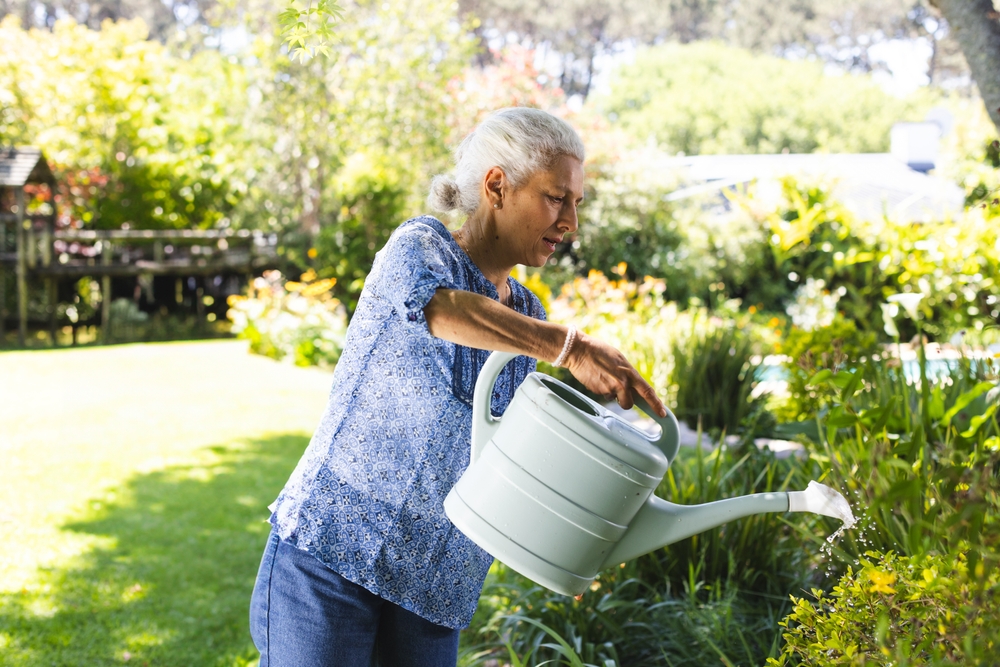
As temperatures fluctuate in September, watering established plants becomes even more crucial, particularly for those in pots. Containers dry out faster because they have less soil volume to retain moisture. To keep your plants thriving, water deeply and ensure that the water reaches the root zone. If the soil dries out too quickly, consider grouping your pots to create a more humid microclimate or moving them to areas with less direct sunlight.
Check the moisture level in pots regularly by inserting your finger into the soil. If it feels dry more than two inches deep, it is time to water. Remember, watering early in the morning or late in the evening can reduce evaporation and ensure the water reaches the roots. Consistent hydration is essential to keep plants robust as they prepare for the cooler months.
Mulch with 3-4 Inches of Material
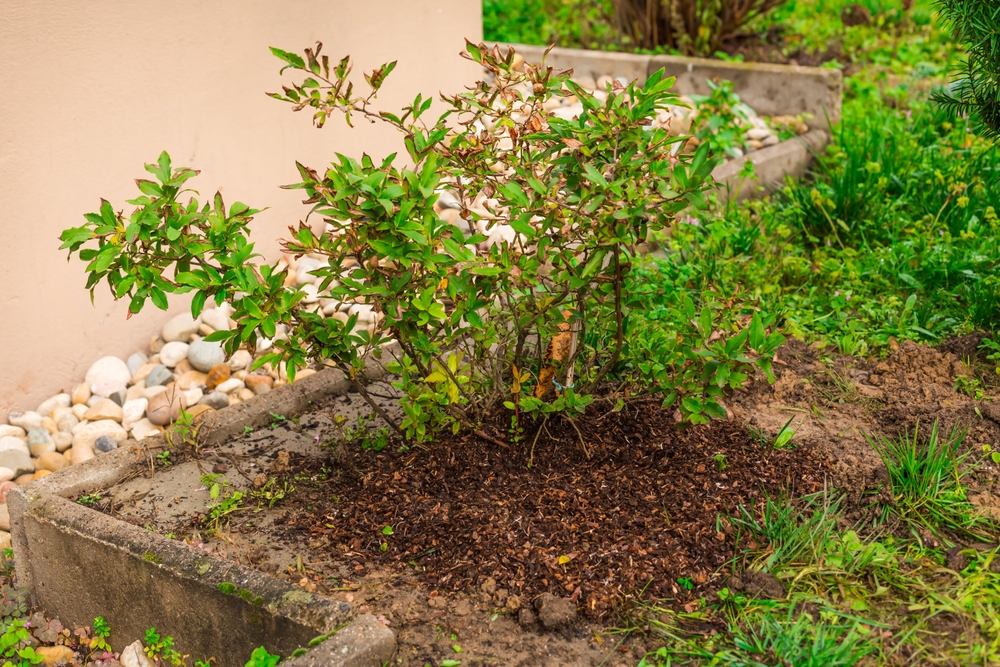
Applying mulch around your plants in September provides numerous benefits, especially as temperatures start to cool and rainfall becomes unpredictable. A 3-4 inch layer of mulch conserves soil moisture, reduces weed competition, and protects plant roots from fluctuating temperatures. Organic mulches such as wood chips, straw, or grass clippings break down slowly, enriching the soil over time, and they help prevent soil erosion.
When applying mulch, be careful not to pile it against the stems or trunks of plants, as this can lead to rot. Spread the mulch evenly, ensuring it covers the soil surface and forms a protective layer. Mulching helps to create a stable environment for your plants, allowing them to thrive even during dry spells or extreme weather changes typical in September.
Divide and Transplant Overgrown Perennials
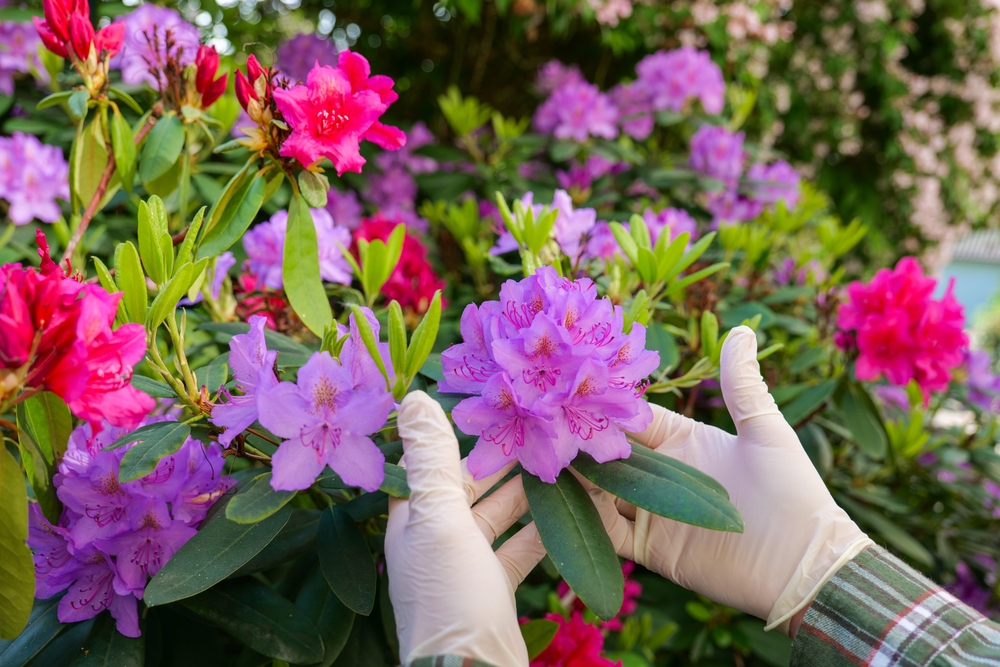
September is an ideal time to divide and transplant overgrown perennials, as they begin to slow down for the season. This process helps rejuvenate plants by encouraging new growth and can prevent overcrowding, which may reduce flowering or overall plant health. Start by carefully digging up the plant and separating it into smaller, manageable sections, ensuring each division has a healthy portion of roots and stems.
Transplant the divisions into well-prepared soil with plenty of organic matter. Water thoroughly after transplanting to settle the soil and reduce transplant shock. This is a great opportunity to spread out your perennial plants and give them more room to grow, which can lead to healthier and more abundant blooms in the coming years.
Plant Autumn Bulbs
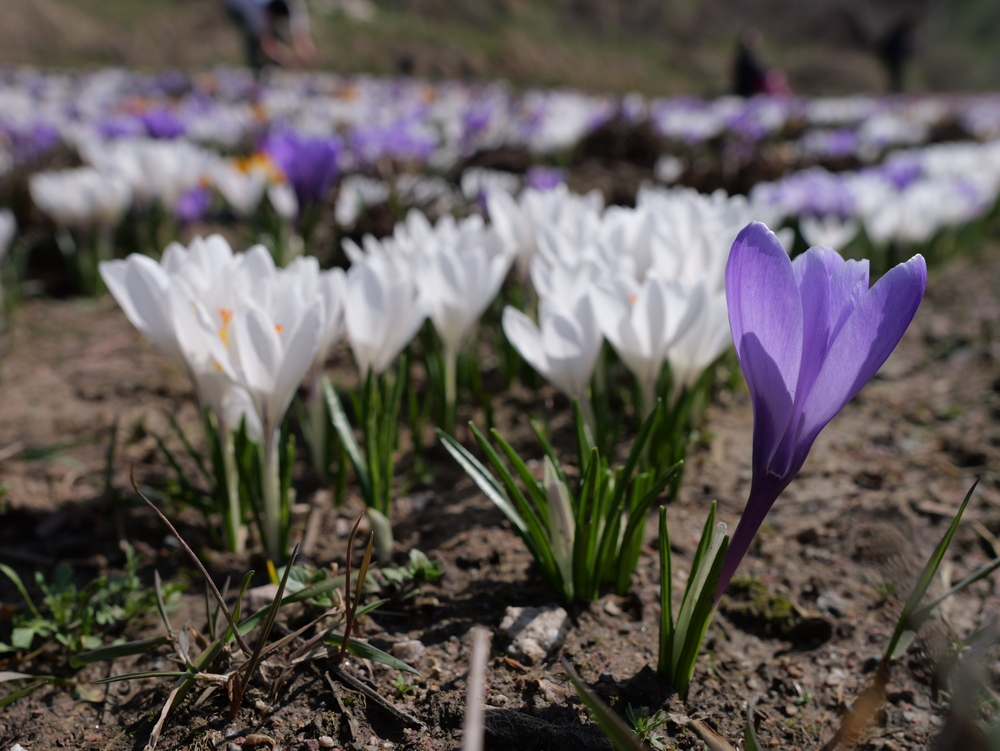
Planting autumn bulbs such as daffodils, crocuses, and tulips in September is essential for a vibrant spring garden. These bulbs need time to establish roots before the first frost, which helps them bloom at their best. Choose a location with well-drained soil and dig holes that are about two to three times the height of the bulb. Plant the bulbs with the pointed end facing upward and space them a few inches apart for a natural look.
After planting, cover the bulbs with soil and add a layer of mulch to protect them during the colder months. Be sure to water them well after planting, but avoid over-watering, as bulbs are prone to rot if the soil remains soggy. Planting bulbs in September ensures that they will be ready to bloom early in the spring, bringing much-needed color to your garden.
Clear Weeds from Paved Areas
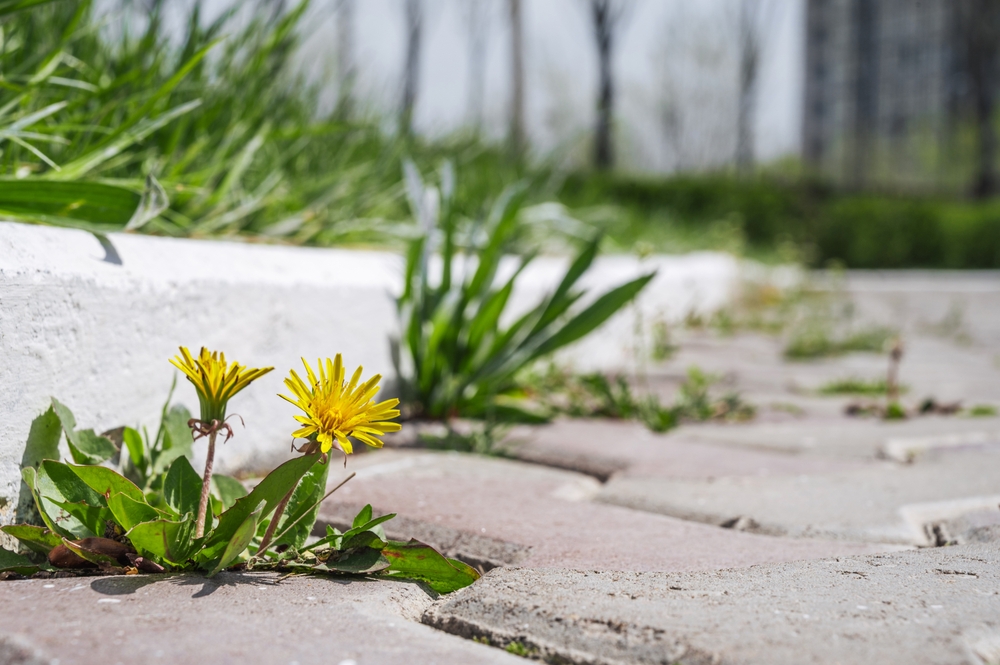
September is the perfect time to clear weeds from paved areas such as patios, walkways, and driveways. Weeds tend to thrive in these spots due to the warmth and occasional moisture, but they can cause damage to the surfaces by pushing through cracks. To get rid of weeds, start by pulling them by hand or using a weeding tool to remove both the plant and its roots. For stubborn weeds, you may want to consider using an eco-friendly weed killer.
Once the weeds are removed, consider applying a weed barrier fabric or spreading a thick layer of mulch to prevent new growth. This will help keep your paved areas neat and free from unwanted plants. Regular maintenance, such as weeding in September, prevents more extensive weed problems in the future and keeps your outdoor spaces looking tidy.
Plant Quick-Growing Vegetables
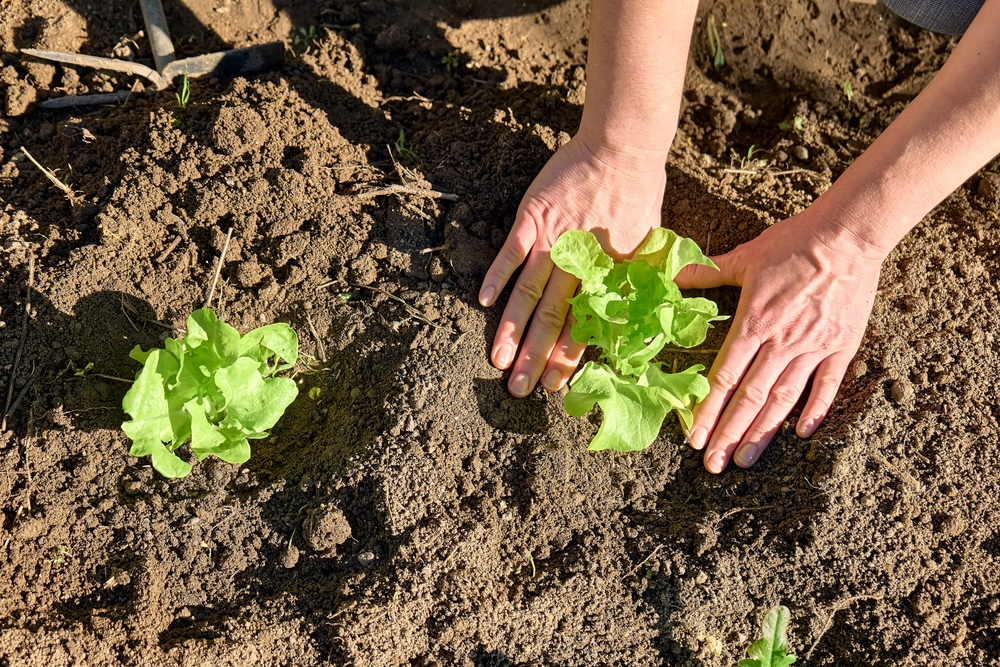
September is a great time to plant quick-growing vegetables, especially if you live in a climate that allows for a short growing season. Vegetables like lettuce, spinach, radishes, and kale thrive in the cooler temperatures of fall. These vegetables grow quickly and can be harvested before the first frost. Choose a sunny spot with well-draining soil and sow seeds directly into the ground or in containers.
Keep the soil moist and monitor the weather closely. If a frost is expected, cover your plants with row covers or a light cloth to protect them from cold damage. Planting quick-growing vegetables in September provides fresh, homegrown produce well into the fall and can make use of your garden space during a slower growing season.
Amend Soil with Compost or Manure
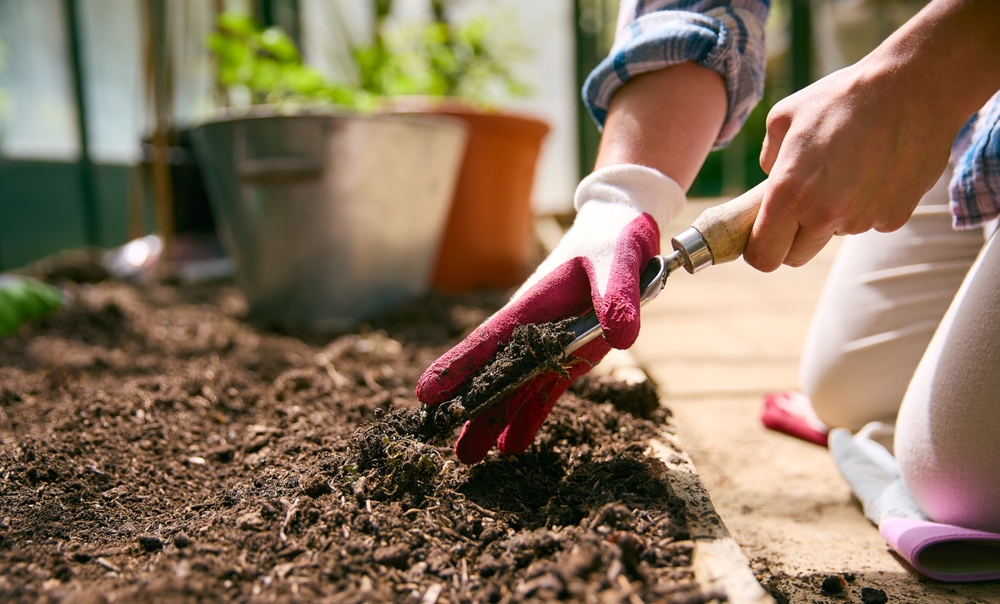
After harvesting your summer crops, it is important to amend the soil to maintain its fertility for future plantings. Adding compost or manure improves soil structure, adds nutrients, and promotes healthy microbial activity. Spread a thin layer of compost or well-rotted manure over your garden beds and gently work it into the soil. This practice improves drainage, aeration, and nutrient availability, which will support next year’s crops.
By adding compost or manure in September, you are preparing your garden for the next growing season. Over time, these organic amendments break down, enriching the soil and helping to sustain healthy plant growth. Regularly amending your soil will keep it fertile and prevent it from becoming depleted, ensuring that your plants have the nutrients they need to thrive.
Cut Back Dead or Damaged Foliage
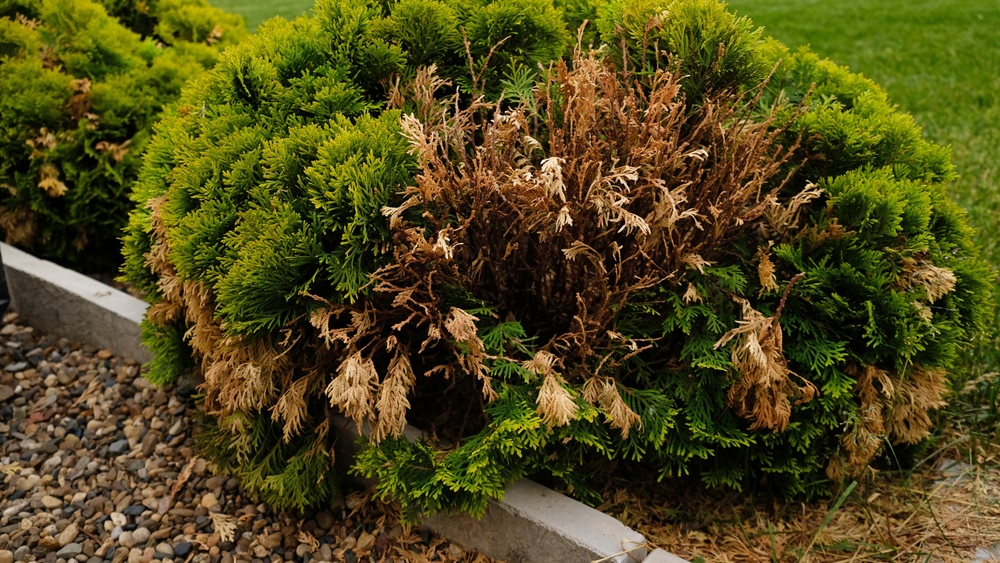
September is a good time to clean up your garden by cutting back any dead or damaged foliage. This not only helps your garden look tidy, but it also prevents the spread of diseases that may have affected your plants. Use clean, sharp pruning shears to trim back any leaves, stems, or branches that are showing signs of disease or stress.
Cutting back dead foliage also helps improve air circulation around the plants, which can prevent mold and mildew buildup during the cooler, wetter months. Be sure not to over-prune, as some plants may still be in their growing phase. By tidying up your garden in September, you give your plants a better chance to thrive through the fall and winter.
Harvest Vegetables Before First Frost
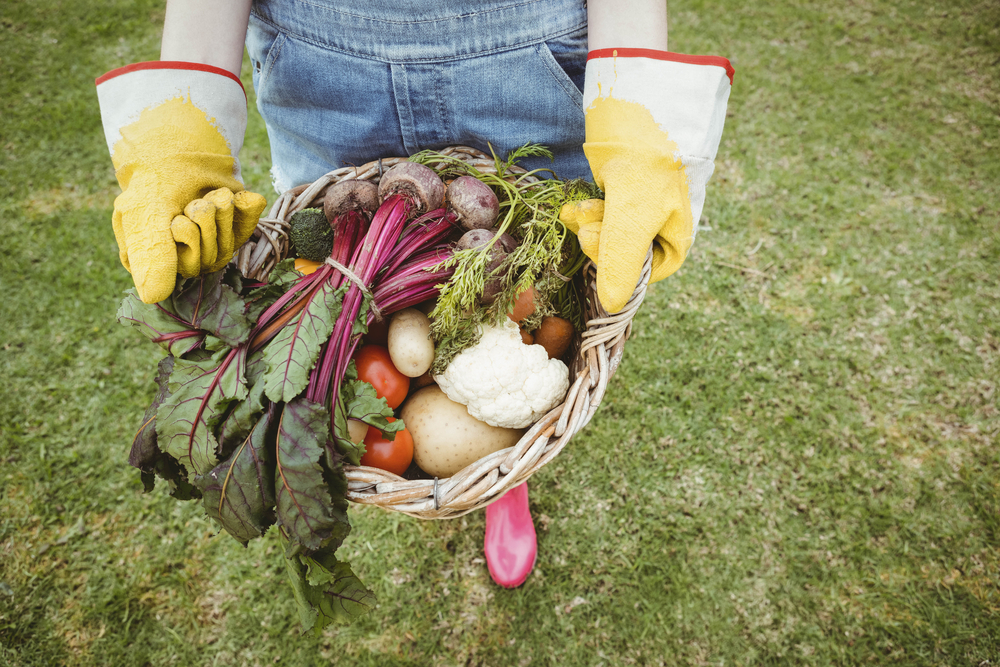
In September, be sure to harvest any vegetables that are nearing maturity before the first frost hits. Some vegetables, like tomatoes, peppers, and squash, can be damaged by frost and lose flavor or texture. By picking them before the frost, you can store them indoors and enjoy them for longer. Be mindful of the weather forecast and pick vegetables early if necessary to avoid the risk of frost damage.
If you cannot harvest everything in time, consider bringing in unripe fruits like tomatoes to ripen indoors. You can also harvest root vegetables like carrots and potatoes, which can be stored for use throughout the colder months. Timely harvesting ensures that you make the most of your garden’s bounty before the season ends.
Thin Out Overcrowded Plants
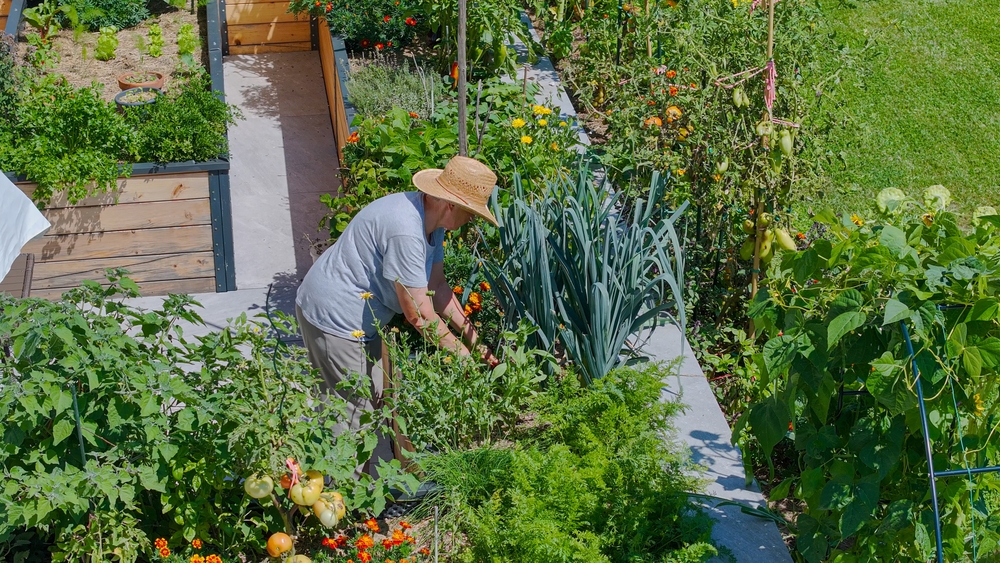
Overcrowded plants in your garden can compete for light, water, and nutrients, resulting in poor growth. September is a great time to thin out dense plantings by removing some of the smaller or weaker plants. This allows the remaining plants to thrive and encourages better airflow between them.
Use scissors or garden shears to carefully cut back excess foliage, being mindful not to damage the remaining plants. By thinning out overcrowded plants, you are ensuring that each one has room to grow to its full potential. This practice also helps reduce the risk of disease by improving air circulation and light exposure.
Provide Support for Tall Plants
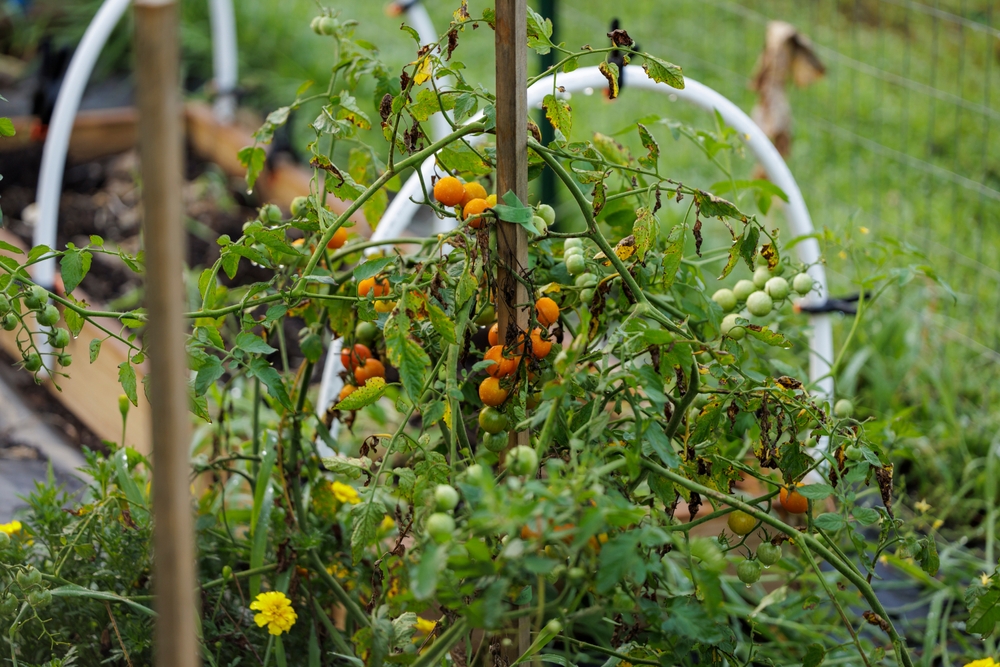
As the growing season winds down, many tall plants may need additional support to prevent them from toppling over in the wind. September is an excellent time to install plant supports such as stakes, cages, or trellises for plants that have grown leggy or heavy with fruit. Providing support now helps to prevent damage and ensures that the plants continue to grow upright until the end of the season.
Use soft ties or garden twine to gently attach plants to their supports. Make sure the supports are sturdy enough to handle wind and rain. Adding support in September helps your plants remain healthy and reduces the risk of broken stems or branches as the weather shifts.
This article originally appeared on Avocadu.
